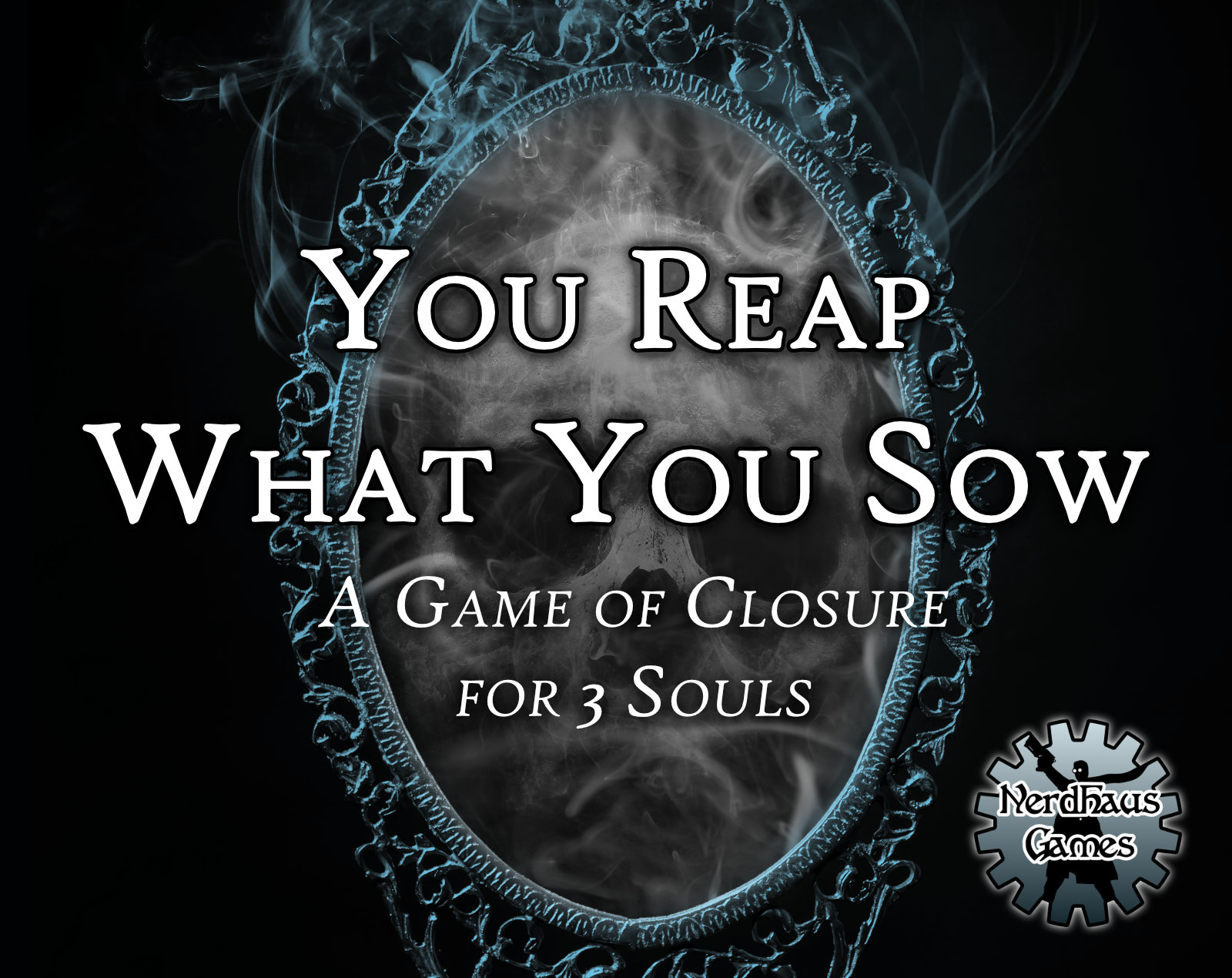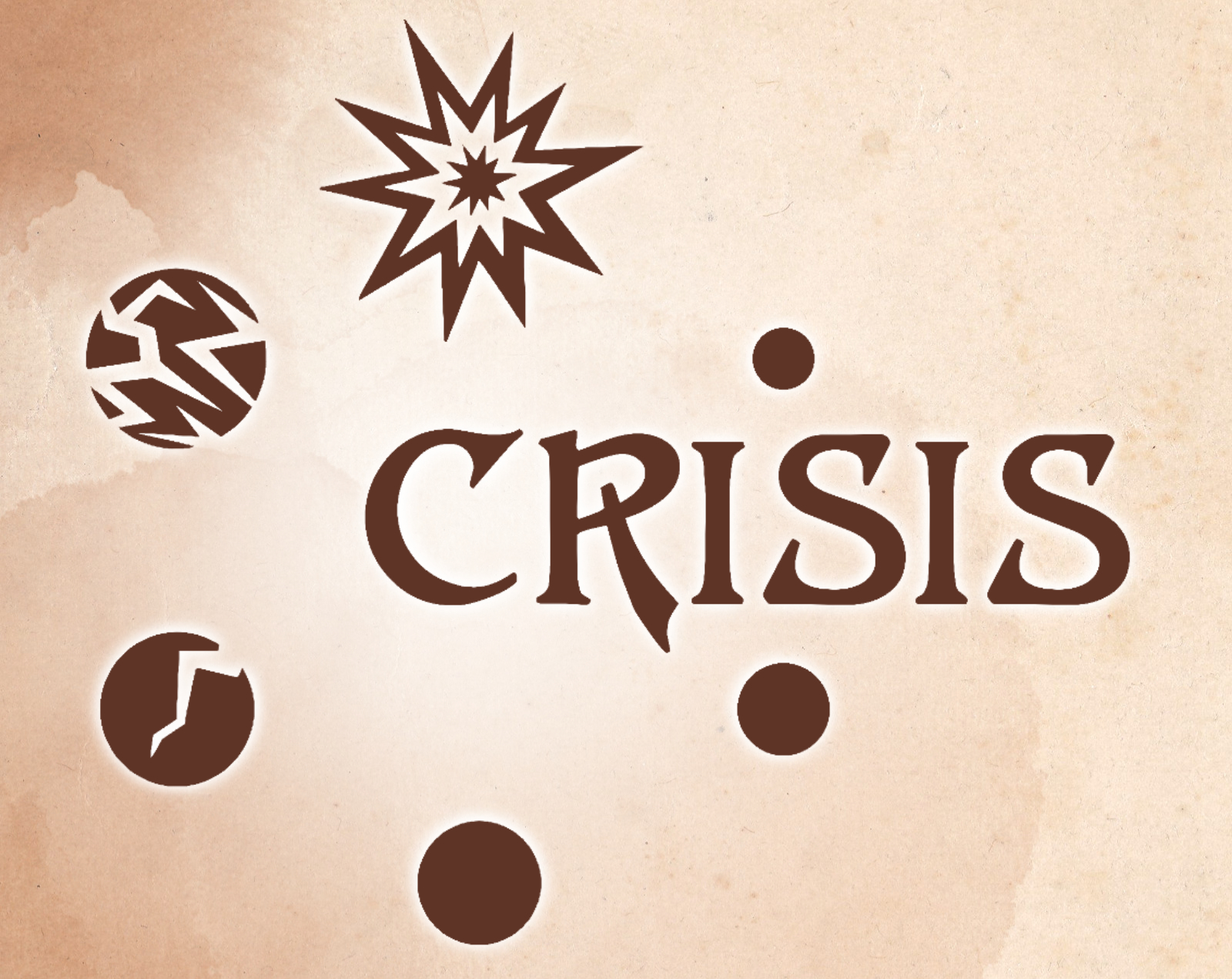Most traditional rpgs* land somewhere along a line from “make it up as you go” to “pages of defined lore and backstory,” tending toward the latter in how the game runs at the table. For some groups, exploring the lore and its deeper implications and keeping up with the wider campaign world is part of the fun of the game. For players who have read the novels and GMs who have taken extensive notes on the people and places who will be turning up, that’s their brand of fun. If that’s you, I’m not necessarily talking to you right now. However, I think the following ideas might help you reach some of your fellow players who think of that kind of prep as something akin to homework.
The wider-world approach runs into some tight corners when it comes to character history and the fear of “getting it wrong.” Let’s say you want to play a Crane bushi who fought on the Wall as part of a diplomatic exchange between clans. (I know enough buzzwords to make a sentence. Take this for the example it is intended to be) Players with greater knowledge could object to what era that exchange is appropriate, whether or not it’s something that could happen, and the wider repercussions given the particulars of your game or setting. Similarly, the Emperor and Darth Vader potentially had some secret apprentices (especially under the old EU), one of whom might be unaccounted for in official settings for a PC or NPC backstory. But if everything grinds to a halt while Wookieepedia is consulted, then the plotline may be abandoned before anyone gets invested. But by trying to be thorough about background lore, you run the risk of eliminating every storyline that’s not already a part of the setting, leaving your players side characters in their own campaign as “canon” heroes sort out the big events.
As an alternative, consider a living history that can be revealed as you play. Summarize the important elements your campaign will make use of and get the campaign started from there. Feel free to bait some story hooks with existing lore to give your players a reason to get or stay invested in the published setting, but introduce elements when and how you can to invite a deeper study of the world. This way, it’s not homework front-loaded at the beginning of the campaign but an unfolding story with layers for everyone. Even the deep loredivers will appreciate getting to experience it firsthand, especially if you can sneak up on a Big Moment and place them in the thick of it.
Some ways to incorporate your expanding worldbuilding is to borrow cues from video games or other rpgs. For example, consider borrowing a page from the Assassin’s Creed series with the Villa Auditore: a homebase with room for incremental improvements, home to NPCs who can deliver new information, housing secrets (and possibly an entrance to some level-appropriate challenges). By getting your party to invest in the community, they put down some roots and shed some of their adventure capitalist/cut-throat opportunist tendencies. By staying in one place while they develop their home base, you can go deeper into that region’s specifics and tie those reveals to the history of their location, making the history of your world personal.
Another route to deepening connections is having equipment and background elements grow with your characters. The disposability of most equipment is fine, but what about the pieces you just can’t part with? Inigo Montoya is not about to ditch his father’s masterpiece just because he found a vorpal +2 rapier. What if these weapons have opportunities to “level up” with your party, at the same rate that new equipment would be bestowed upon them? Maybe the ritual to imbue the weapon with holy energy can only happen on a particular auspicious day, or the reagent that must be sacrificed in the process is plot-rare and difficult to produce. This lets you develop new information about original equipment (“Who knew that there was still ancestral magic bound up in [this item]?”) or learn more about the specific history and magic of treasured items and tie it in with your larger world. Players might jump at the opportunity to power a trusted weapon or spell focus up instead of tossing one of the few constants of their adventuring career in preference of the new shiny bauble. This approach shares DNA with Thread Items in Earthdawn, and is explored/adapted further in my Razors of the Demon Barber for D&D 5E.
These concrete elements can tie into character backstory, integrate into local and world history, and give what came before a way to influence what comes next. If there’s interest, we can discuss what these sorts of elements would look like with particular game systems, so comment here or take it to Twitter.
*For the purposes of these examples, I’m assuming a pre-written world along the lines of Forgotten Realms, Shadowrun, Legend of the Five Rings, or Battletech. In terms of worldbuilding and lore, there’s a wiki of existing content as opposed to player input.


